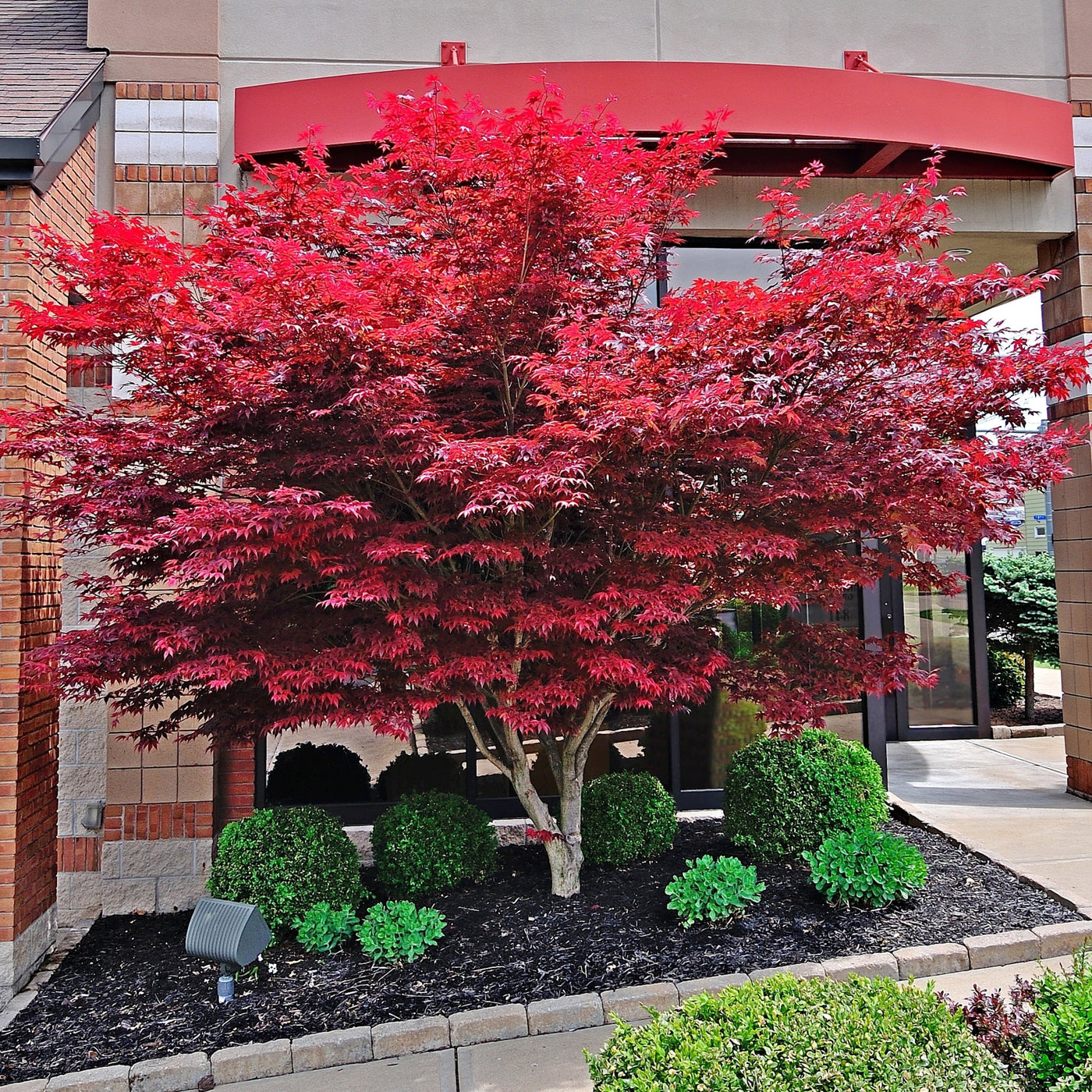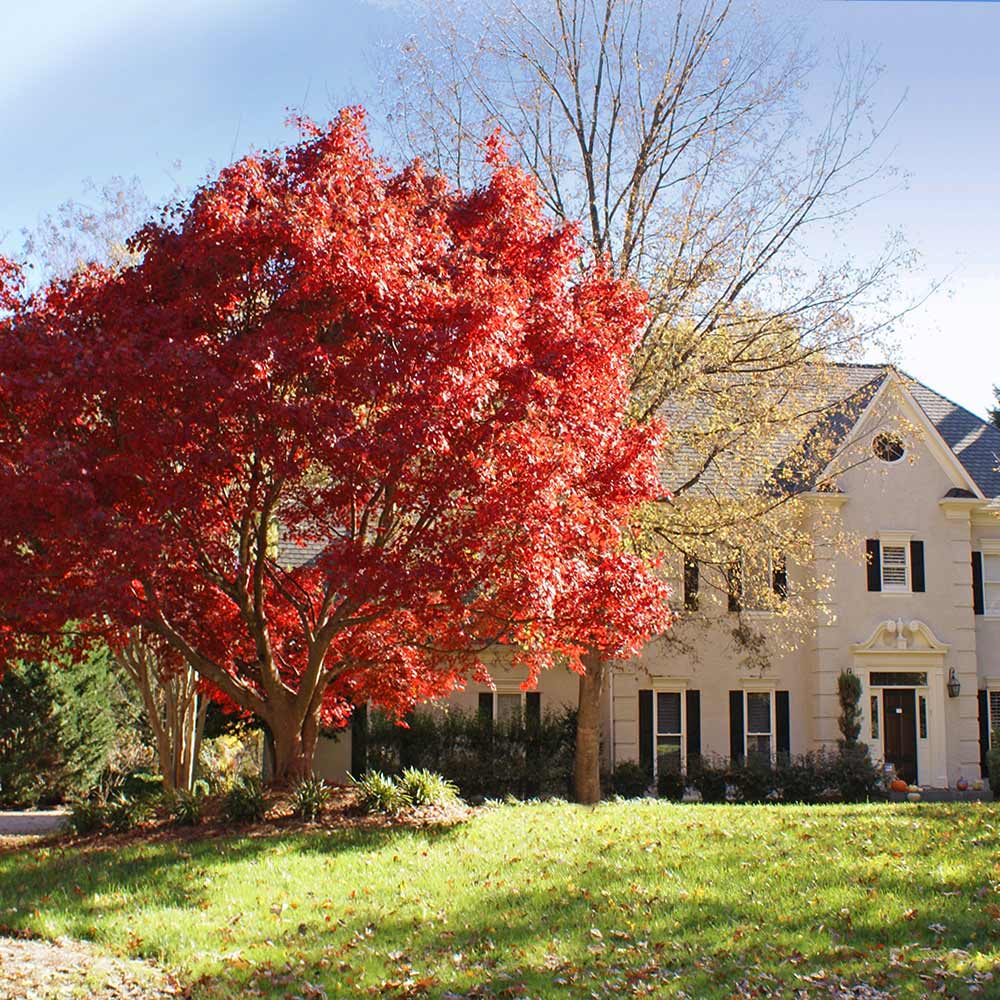


The foliage offers striking color throughout the growing season, becoming even more beautiful with the fall color change. Several dwarf varieties stay small and can be trained as bonsai.Īlthough the tree blooms in spring, it's the palmate leaves with five-, seven-, or nine-toothed finger-like leaves that offer the real appeal. With over a thousand varieties, it is a smallish species, with mature heights of 4–30 feet, depending on the cultivar. Japanese maple tree varieties are prized for their delicate and colorful foliage throughout the growing season and autumn. The Spruce Home Improvement Review Board.You can certainly add mulch to help the soil retain water, such as a layer of stones, pine chips, or straw, though I’d argue that moss is far better-looking. If you can stick your finger into the soil and it’s dry to your first knuckle, it’s time to add water. Pots tend to dry out more quickly than the soil in the ground. It’s one thing to keep trees in the ground watered, but it’s another thing entirely for trees in containers. Japanese maples like consistent moisture and they won’t grow as well if they experience regular drought.
#Red japanese maple install
If you live in a rainy area, a dropper might be all you need, or you might want to install a drip irrigation system that hooks up to your hose spigot. If you don’t have a container watering system set up or your plant won’t be hit by sprinklers, you might want to invest in some sort of irrigation system. Japanese maples can survive in less light, but they tend to become leggy.
#Red japanese maple how to
How to Care for Potted Maplesĭepending on the cultivar, place your tree in a spot where it will receive partial to full sunlight. If so, add a bit more potting medium and water again. You’ll probably find that everything settled a bit more than expected. Once you have the right height, fill in around the roots with soil.īe sure to leave an inch or so of space at the rim to allow for easy watering. If it’s sitting too high, scoop a little out. If it is sitting too low, add a bit more soil.

Remove the plant from its pot and gently loosen the roots. These don’t last as long or protect the roots from cold as well as other options such as cement or stone do, but they hold water well. Plastic is a popular choice because it’s affordable, durable, and lightweight. You can wrap it in burlap or cardboard to help prevent this, or go with a different material. It’s a serious challenge to repot a huge tree, and you don’t want to be doing it every year after your pot cracks during the winter.

#Red japanese maple crack
Terra cotta is usually cheaper than other materials and breathes well, but it also tends to crack in areas where freezing temperatures are common. If you live somewhere that experiences freezing winters and sweltering summers, metal is probably not the right choice. But different materials can make your job easier or more difficult, depending on what challenges you’re facing.įor instance, metal containers tend to heat up quickly and don’t protect the roots from cold as well as, say, cement does. When it comes to selecting the right container, pretty much anything that can hold soil and has drainage holes will work. Fast Growing Trees carries two- to three- or three- to four-foot-tall plants if you want to bring this beauty to your yard.


 0 kommentar(er)
0 kommentar(er)
